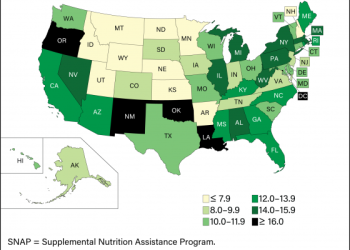As the political landscape continues to evolve, Kamala Harris’s vetting process for selecting a running mate is reportedly complete. This decision holds immense significance, not only for its impact on the ticket’s balance but also for its potential to resonate with the diverse and dynamic electorate.
The Shapiro Dilemma: Navigating Complex Demographics
There are indications that Harris is leaning towards choosing Shapiro as her running mate. While Shapiro’s deep roots in Pennsylvania could prove advantageous in a critical swing state, there are concerns about how this choice might be received by the broader Democratic coalition. Particularly, the growing Islamic voting population in states like Minnesota and Michigan—who have shown strong support for Kamala—might view a Jewish vice-presidential candidate with caution. This presents a delicate challenge for Harris, especially considering the pivotal role these states play in her path to victory.
Kelly vs. Shapiro: The Strategic Balance
If one were to counsel Harris, Kelly might be seen as a safer bet. Kelly’s more measured and inclusive approach could resonate with a wider range of voters and ensure the loyalty of the Democratic base. While Kelly may not generate the same buzz as Shapiro, his selection could help maintain unity within the party, a crucial factor in a tightly contested election.
The Shadow of JD Vance
On the opposing side, JD Vance, a figure who has sparked both controversy and admiration, has been selected as Trump’s VP. Despite past clashes with Trump, Vance’s charisma and rhetorical skills could pose a significant challenge to Harris’s campaign. Therefore, Harris’s choice of running mate needs to be strategic, not just in appealing to her base but also in countering Vance’s appeal across the electorate.
The Imminent Decision and Its Ramifications
The announcement of Harris’s running mate is anticipated as early as next Tuesday, a decision that will undoubtedly set the tone for the remainder of the campaign. This choice has the potential to either energize Harris’s campaign or risk alienating key demographics, particularly in critical swing states. As the political terrain continues to shift, the selection of a running mate is more than a matter of personal synergy—it’s a calculated political strategy designed to engage a broad spectrum of voters.
As we approach the announcement, one thing is clear: this decision will play a crucial role in shaping the trajectory of the upcoming election. Whether it secures Harris’s path to victory or introduces new challenges, the next few weeks will reveal how this pivotal choice impacts the electoral landscape. In a time when the stakes are higher than ever, the power of this decision cannot be underestimated.

















